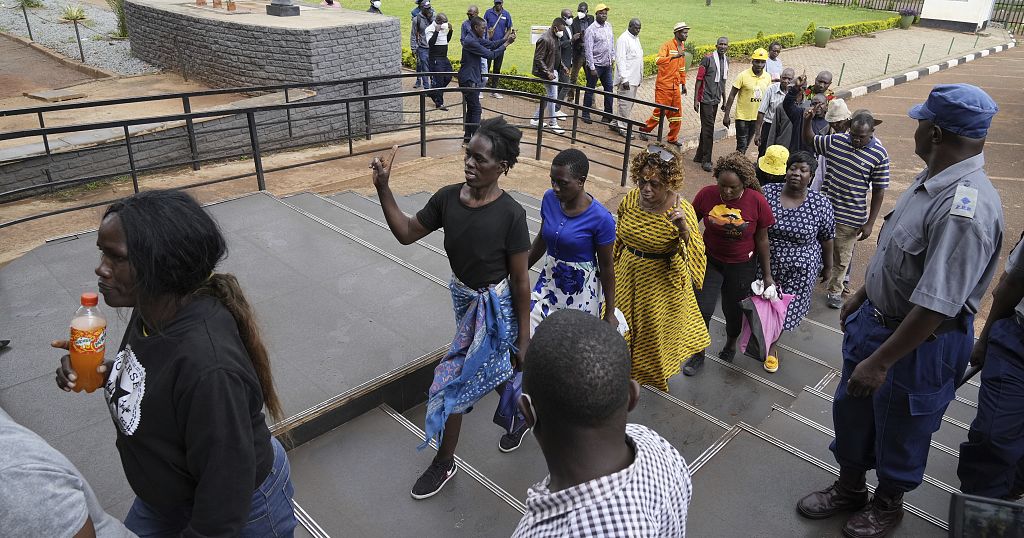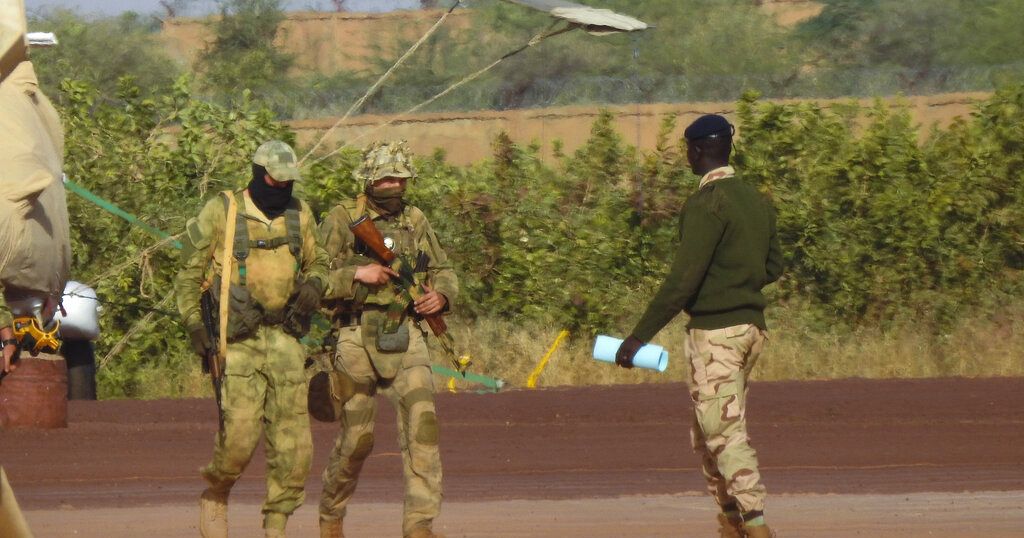On April 14, 2014, Boko Haram, a terrorist group based in Nigeria, abducted more than 270 girls from a school in Chibok. This mass abduction prompted outrage and outrage around the world, with the hashtag #BringBackOurGirls trending on social media and high-profile figures, including former US First Lady Michelle Obama, calling for the release of the girls.
Since the abduction, about 160 of the girls have been released, some after years of captivity. However, the story has largely faded from the headlines, and 108 of the girls are still missing. In an effort to keep the memory of these missing girls alive and to raise awareness about the ongoing tragedy, French artist Prune Nourry has created a series of clay sculptures that depict the faces of the 108 still-missing Chibok girls.
The sculptures, which are inspired by ancient Nigerian Ife terracotta heads and are titled “Statues Also Breathe,” recreate the faces, facial expressions, and hair patterns of the victims. Nourry worked with 108 students from Obafemi Awolowo University and the families of the missing girls to create the sculptures, using photos of the girls as reference.
The sculptures are being exhibited at an art gallery in Lagos, Nigeria, and are set to go on a world tour in the near future. Nourry hopes that the exhibition will serve as a reminder of this largely forgotten tragedy and will raise awareness about the ongoing plight of the missing girls and their families.
The Chibok community continues to suffer attacks from Boko Haram and its breakaway faction, which has pledged allegiance to the Islamic State group. This year, about a dozen of the missing girls returned amid news that some have died in custody. Many parents are beginning to question the government’s commitment to the girls’ freedom and are calling for greater action to be taken to secure the release of their daughters.
The abduction of the Chibok girls is a reminder of the ongoing struggles faced by women and girls in many parts of the world. It is a reminder of the importance of girls’ education and the need to prioritize the safety and well-being of women and girls in all aspects of society. It is also a reminder of the need for continued advocacy and action to bring an end to such tragedies and to ensure that no girl is left behind.



